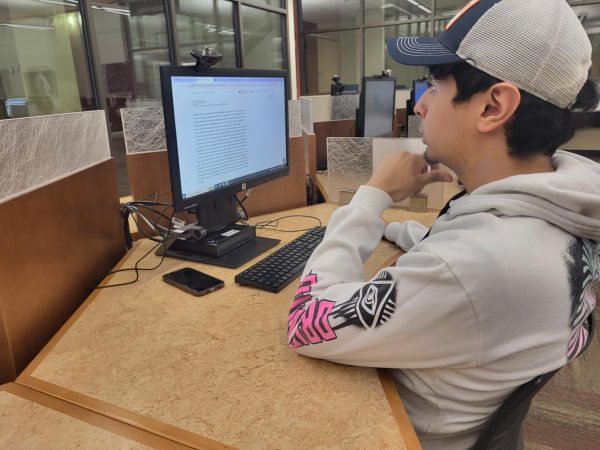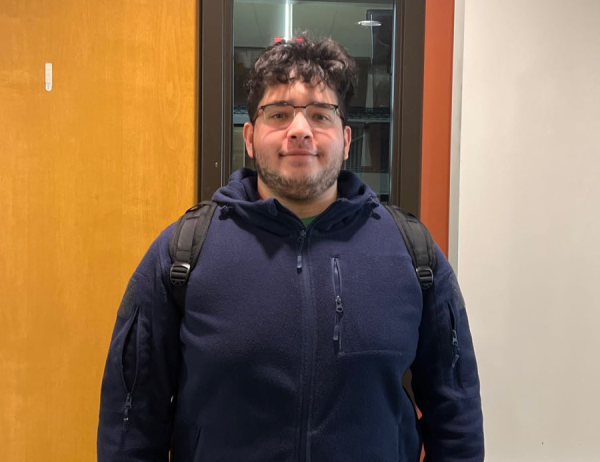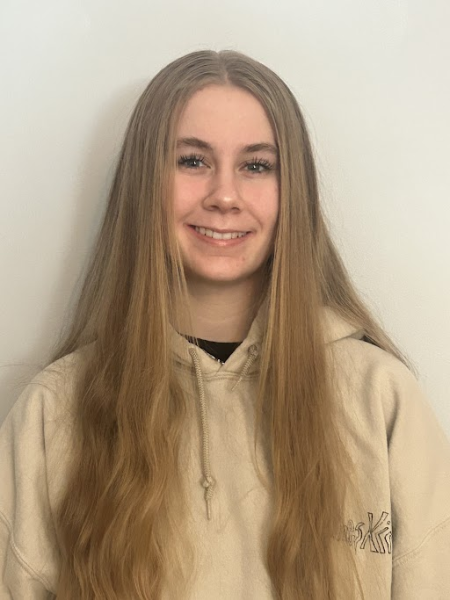How Brian Garbrecht brings the 1900’s to ECC hallways
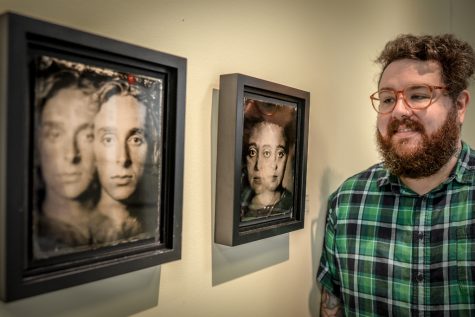
Brian Garbrecht has recently formed a studio with his friend and business partner, Andrew Zirk. The Flag of the United States greets guests as they enter the bottom of Andrew’s basement, indicating their true patriotism. There were multiple couches, A CRT TV, a N64 with NHL 1999 left inside the game system, and dim orange like lights spread across the entirety of the room. Across from me was the main capture room with camera and lighting equipment spread throughout the outer walls of the room. One of those cameras was a 1940 Graflex Speed Graphic Anniversary 4×5, graciously demonstrating its World War II demeanor and history. Brian then showed the dark room in which he develops his work. Garbrecht’s development room is lit with red safety lights to accompany the space when visuals were needed for certain tasks. Within this development room, there was a wet plate photography shelf that displayed his most successful tintypes. At first glance, spectators who look at these images would identify this work with work from the early 1900s. As if someone had time-traveled into our time period and continued to capture what he experienced with his very own equipment. Each frame contrasts the original photo style of tintypes, giving priorly demonstrated visuals to our modern day life. This is what Brian Garbrecht specializes in creating.
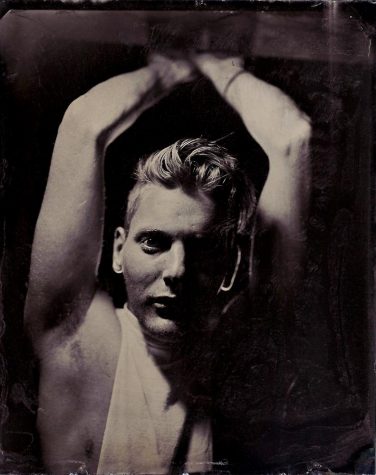
One of the three aluminum plate pictures taken during my visit to Brian Garbrecht and Andrew Zirk’s studio. The model shown is Alexander Gieseke.
“Instant and one of a kind photos are important to me,” said Garbrecht.
Polaroid cameras have been a part of Garbrecht life ever since childhood. Garbrecht’s parents gave him a Polaroid camera which he claims sparked his immense interest into the world of visual art. All these past experiences are seen in his unique style that he demonstrates today.
“I’m taking photos that I normally would with film, but with tin types. It’s a challenge, more hard to do… but it’s more fun that way” said Garbrecht.
A large amount of detail is required in shooting wet plate photography. Each photo takes up to twenty to thirty minutes to be completely developed. The process of wet plate photography includes finding the preferred position of the model, adjusting lighting to support the environment, as well as fine tuning the Graflex Speed Graphic Anniversary 4×5 camera for a preferable frame.
Once the photograph is taken, the captured image is then applied to the aluminum plate inside the camera. The tintype is then taken to the black room where the developer is poured onto the entire glass plate. The visuals start to gradually come in, appearing as if it came from an alternate universe in a somberly beautiful negative form. It isn’t until the glass plate is entered into a fixed bath that the image starts to transition to a positive.
“It’s like magic. People tell me all the time of the joy they get out of watching the image turn from a negative to a positive. I feel the same,” said Garbrecht, smiling.
Garbrecht then created photos for a new project. Two other models were captured as well with their own personal fitting image. These tintypes can be seen throughout the article.
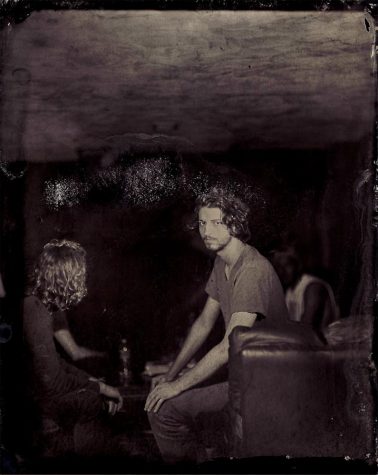
A non-model named Joseph Watychowicz is shown.
Interested in work done by Brian Garbrecht? Garbrecht’s work is currently featured at Elgin Community College, inside Building B at the Max Von Isser Gallery. You can additionally follow Brian Garbrecht and Andrew Zirk’s most recent and previous artwork on Instagram; @theoryofbrian. Both, Garbrecht and Zirk, will be starting a business, Banalog Photography Studio, in the near future.
An aspiring video production and photography student. I have created multiple freelance projects including a commercial for a product. Writing has always...




